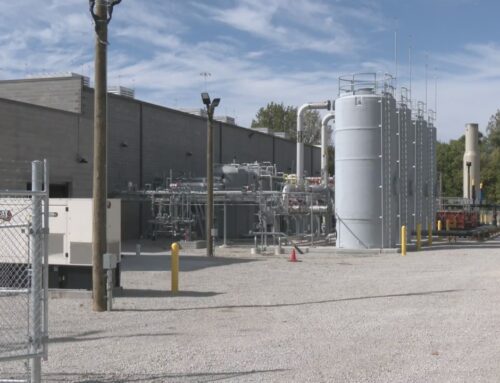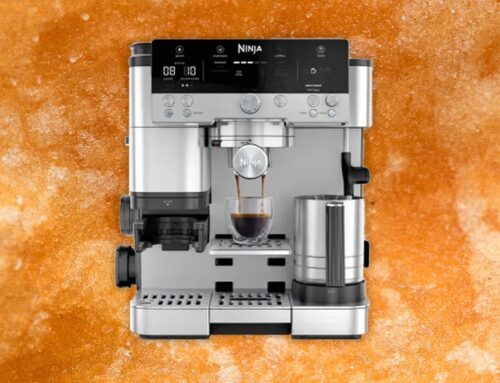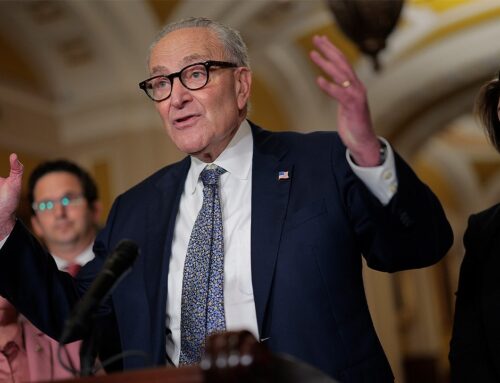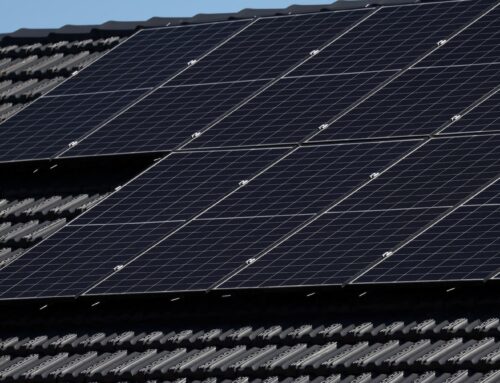Do you qualify for the ‘historic’ $2.5 billion Amazon Prime settlement?
October 1, 2025
In 2023, the Federal Trade Commission accused Amazon of enrolling tens of millions of customers in Amazon Prime subscriptions without their knowledge and then making it difficult for them to cancel.
Although it denied any wrongdoing, the retail giant agreed to a record-setting $2.5 billion settlement last week, claiming in a statement that the payout “allows us to move forward and focus on innovating for customers.”
Calling the order “historic,” FTC Chairman Andrew Ferguson said in a release that Amazon “used sophisticated subscription traps designed to manipulate consumers into enrolling in Prime, and then made it exceedingly hard for consumers to end their subscription.”
In addition to paying $1 billion in fines, Amazon agreed to pay $1.5 billion to affected customers and to simplify its cancellation process.
Offers in this section are from affiliate partners and selected based on a combination of engagement, product relevance, compensation, and consistent availability.
Who is eligible for the Amazon Prime settlement?
To qualify for a settlement payout, you must have been signed up for Amazon Prime between June 23, 2019, and June 23, 2025, and tried unsuccessfully to cancel your Prime membership.
Customers who enrolled for Prime through what court documents called a “challenged enrollment flow” are also eligible.
According to the FTC, that includes any subscriptions started on Amazon’s universal Prime decision page, shipping option select page, Prime Video enrollment flow or the single-page Checkout.
How do I file a claim?
Payments are being divided into two phases: The first wave will be distributed automatically to Amazon customers who used their Prime benefits three or fewer times in a 12-month period. No action is required from these customers to receive payment.
In a second phase starting next year, Amazon customers who used Prime ten or fewer times over any 12-month period will receive payment after filing a claim.
Offers in this section are from affiliate partners and selected based on a combination of engagement, product relevance, compensation, and consistent availability.
How much money can I get from the Amazon Prime settlement?
Of the 2.5 billion settlement, $1 billion is earmarked as an FTC fine. The remaining $1.5 billion will be divided among eligible claimants, based on the total Amazon Prime membership fees they paid during their subscription.
However, payouts are capped at $51 per claimant.
When will Amazon send out settlement payments?
Customers who qualify for automatic payments are expected to receive them by Dec. 24, 2025, according to Amazon. Information on how other subscribers can file claims will be released by a third-party claims administrator by Jan. 23, 2026.
Qualified claimants will then have until July 23, 2026, to submit their claim form. Payments will go out after that deadline.
Beware of settlement scams
The FTC warned consumers about the prevalence of scammers who exploit news of large public settlements to contact people “to ‘help’ with your account or refund.”
“The FTC will never contact you about this refund,” the agency added. “No one from the FTC or Amazon will ask you for money to get a refund.”
If someone promises special access or guarantees your refund, according to the FTC, it’s likely a scammer.
Unsolicited calls, texts or emails can be reported to the FTC’s Fraud Prevention Division.
How to keep track of your subscriptions
According to a 2025 CNET survey, American consumers spend an average of $90 a month (or $1080 annually) on subscriptions to services like Prime, Hulu and Instacart.
On average, respondents reported spending $17 per month for subscriptions they don’t use, adding up to more than $200 annually.
One way to manage your subscriptions and make sure you’re canceling ones you don’t want is to use a subscription tracker like Rocket Money. It detects and cancels unwanted subscriptions and, for an additional premium, can negotiate subscription refunds on your behalf.
Subscribe to the CNBC Select Newsletter!
Money matters — so make the most of it. Get expert tips, strategies, news and everything else you need to maximize your money, right to your inbox. Sign up here.
Why trust CNBC Select?
At CNBC Select, our mission is to deliver high-quality service journalism and comprehensive consumer advice to our readers, enabling them to make informed financial decisions. Every article is based on rigorous reporting by our team of expert writers and editors with extensive knowledge of financial products. While CNBC Select earns a commission from affiliate partners on many offers and links, we create all our content independently of our commercial team and any outside third parties, and we pride ourselves on maintaining high journalistic standards and ethics.
Catch up on CNBC Select’s in-depth coverage of credit cards, banking and money, and follow us on TikTok, Facebook, Instagram and Twitter to stay up to date.
Read more
Editorial Note: Opinions, analyses, reviews or recommendations expressed in this article are those of the Select editorial staff’s alone, and have not been reviewed, approved or otherwise endorsed by any third party.
Search
RECENT PRESS RELEASES
Related Post




